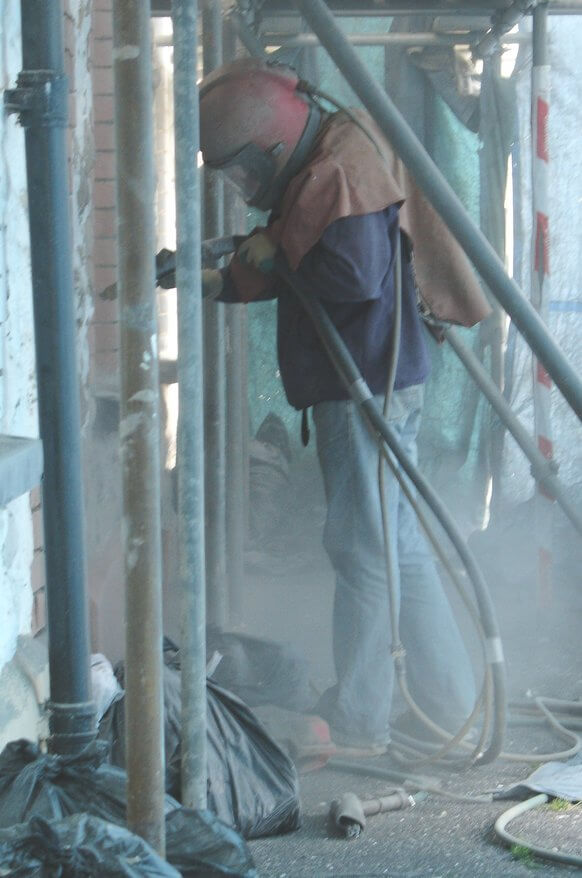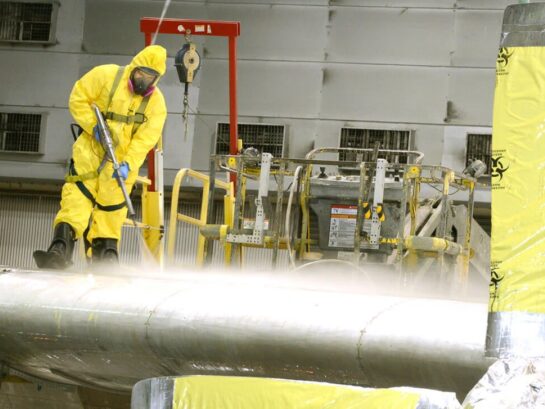Abrasive blasting is a process that is often related to cleaning steel’s surface, whether if it’s painted or unpainted. Likewise, this process can also be utilized to prep masonry and concrete surfaces for painting.
More often than not, abrasive techniques for cleaning surfaces are necessary as 75% of all coating failures are often attributed to the lack of proper surface preparation. Likewise, this method is also needed to ensure the coating of paint will meet its expected lifespan.
Blasting is the most practical way to prep or clean large amounts of surfaces quickly. And since experts usually do it, certain practices have to be followed to maintain the cost-effectiveness of every blasting project.
Learn more as we are going to discuss the best practices for abrasive blasting in today’s post.
Proper Measurement of PSI (Pressure per Square Inch) At The Nozzle
The standard PSI is at least 100 while maintaining an air pressure of 110 or more is even better. But in reality, most blasting operations are done between pressures of 80 to 90 PSI (some, even less).
So can you be sure that you have the right pressure at the nozzle? The first thing that you have to do is not to assume that the PSI at the gauge is also the same PSI at the nozzle. This is because there are many areas where the pressure can be lost as you go through the blasting process.
To ensure that you have the correct air pressure at the nozzle:
- Use a hypodermic needle and place it onto the tip and at the compressor gauge’s base.
- Insert the hypodermic needle really slowly then point it towards the nozzle at an angle until you get an accurate reading of the pressure.
- Remove the needle and record the result.
Do Not Overuse The Blast Nozzles
Some companies tend to use old blast nozzles over and over again as they thought it can help them save money by doing this. But in reality, the cost of buying a new nozzle is insignificant as compared to the total operation cost.
So it always recommended changing blast nozzles after doing a couple of abrasive blasting projects to maintain the quality of your work and to avoid affecting the total project cost in a significant way.
Blast Hose Selection

Always use the right blast hose for every project because a wrong hose can lead to slow production, increased energy consumption, increased abrasive consumption, and overall jeopardy of the blasting project.
In addition, never use an undersized hose as it can increase the internal resistance, slow the air and abrasive mix, and in some cases can decrease the air pressure at the nozzle.
Selection Of Abrasive
And the last thing that you have to remember when doing abrasive blasting is choosing the right abrasive. Don’t look immediately at the price (per pound or ton) because the cost of abrasive is actually a small percentage of the total cost of the project.
In order to determine the right abrasive, you have to get the true cost of the project per square foot. Once you have this data, we recommend that you follow this formula as developed by the United States Navy:
True Cost Of The Blasting Project (per square ft.) = A (B+C) + D + E/X
Where:
A – The amount of abrasive consumed per nozzle/hour (in pounds)
B – The cost of abrasive delivered (per pound)
C – The cost of cleanup and disposal (per pound)
D – The cost of labor (per nozzle/hour)
E – The cost of running the equipment (per nozzle/hour)
X – The area to be blast cleaned in square ft. (per nozzle/hour)

